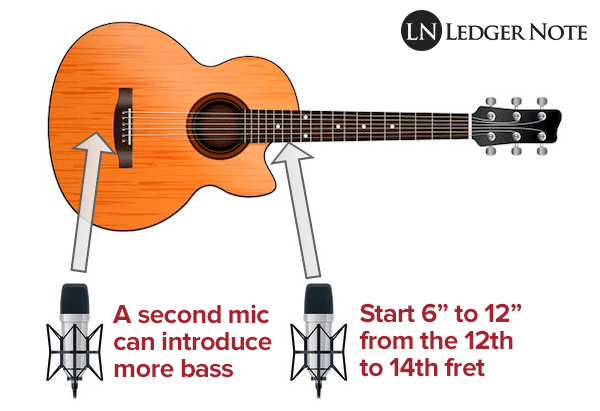Hello Steemians!
This is my third post on this series, as I said on the last ones, this is meant for musicians who don't know much about recording, or people who aren't satisfied with the quality of sound they are getting from their equipment.
On the last one I spoke about microphones and microphone cables and their different types and uses.
On this one I intend to speak about microphone placement and it's importance and how you can make mixing so much easier by just taking some more time on your mic placement :)
So last time I spoke of dynamic and condenser mics, both types have different polar patterns, which is a fancy way to explain how a microphone pick ups sound. It all depends on how the diaphragm is placed on the mic, for instance a mic like this:

Cardioid is the most used one, but there are several more, like omnidirectional and figure 8.
Microphones can have two types of ways of placement of that diaphragm, front address and side address, mics like the one up top use the front address placement, a studio condenser microphone such as this one usually have a side address placement, and so if the pattern is a cardioid one, the microphone will only pick up sound from the direction of the little arrows :):

When using a microphone it is very important to keep in mind the distance between you and the mic, when using a cardiod patterned mic, the closer you get, the higher detail de microphone will pick up, but also the more bass the mic will reproduce, so if you are too close to the mic the sound will be muffled and the recording will be useless :(
When recording instruments such as acoustic guitar, it is important to knwo where the sound comes from, and which frequencies come from where.
Most people believe acoustic guitars produce the sound through the sound hole, however, they are mistaken, the sound hole mostly releases bass frequencies , the real sound you want to record from an acoustic comes from placing the mic close to the middle of the span of the guitar, like so:

This way you will get a balanced sound, also it is important to take the time to experiment with placement of the microphone, each instrument will be slightly different, as will be different voices.
I will only discuss vocals and acoustic guitars for now, as most musicians I've seen on open mic use those two.
Please let me know if you'd like to know about mic placement for other instruments :)
Next time I will speak about audio interfaces :)
Thank you for your time, if you want to read my past posts, here they are :
Also, this isn't too long of a post, but I like potatoes, soooooo....

Til' my next post!

